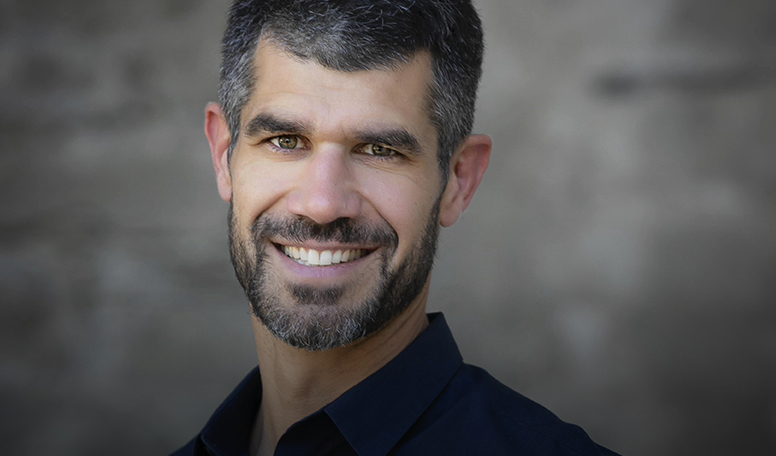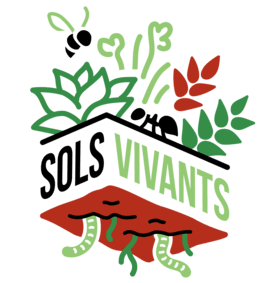
A word from Bastien Sachet, CEO of Earthworm Foundation
Whether we are citizens, consumers, employees, business owners, farmers, decision makers or all of the above, we must rethink our current way of interacting with nature to produce our food. In other words: we must improve our agricultural practices. We often just look for a scapegoat to point our finger at.
We often just look for a scapegoat to point our finger at. Still, it would be unfair to blame soil degradation or harmful ways of food production on a single actor like farmers, companies, governments or consumers.
We all are and have been beneficiaries of a hyper-productive food production system that allowed us to put plates full of calorie rich food on our tables every day at an affordable price. We need to become aware of criticism towards the current food system and feeling outraged is justified. We need to find solutions that stem from the positive achievements of agriculture to boost purposeful innovation. We need to find solutions that stem from the positive achievements of agriculture to boost purposeful innovation. It is important that we see this transition of agricultural and food systems not as a war of ideas between one type of agriculture and another: it is a transformational movement that builds upon practical solutions, not ideologies. This movement can only be successful if farmers, companies, governments and citizens manage to collaborate and find the solutions that equally benefit all actors.
Around the world, women and men are already transforming agricultural practices, taking a fundamentally different approach to work WITH Nature instead of working AGAINST it. The key to their success is the reconciliation of two seemingly incompatible words: productivity and ecology. This transition is indeed possible… To succeed, we must address the critical element that links us all: SOIL.
Because a healthy soil means better water retention and infiltration,
Because a healthy soil means more biodiversity and an efficient way to tackle greenhouse gases by storing carbon.
Because a healthy soil means earthworms substituting tractors, less pesticides spread and ultimately lower production cost for the farmer.
Because a healthy soil means healthy plants which in turn feed a healthy population.
We wish to see “living soils” replace nearly “dead” soils that are overexploited, overused and even ignored by agronomists whose attention is narrowly focused on plants, forgetting that it’s ultimately soils that carry us, nourish us and bring water to us.
How could we not be worried about the falling number of earthworms from 2 tons a hectare in the 1950s to merely 200 kg/ha today? ? Soils are being treated like a mine, from which we simply take out what we need at each harvest. When will we realize that soils are a renewable resource?
“Living soils” aims to put soils back in the center of attention for the food and agriculture sector, making sure value chains from the field to the plates foster the regeneration of the soil capital for the benefit of all. Because EARTH, as the element we all depend upon, brings all of us together. And we must join forces to make this ambitions transition possible. And we must join forces to make this ambitions transition possible.
“Living soils” is a unique collaboration of all actors along the value chain: from the company CEO to the product manager who listens to consumers, the buyer, the farmer, all the way to the scientist, the policy maker, the shareholder and the agronomist…
Each of them represents their respective entities but they never cease to be individuals, women and men who will make decisions. Living soils brings together these individuals in the land where they live, to think in realistic and pragmatic ways about soils and the form of regenerative agriculture that creates transformative solutions.
